African History Essay: How Africans managed to know time even though they didn't have calendars and cloak watches
Africans throughout history have been able to cope up with time even without the cloaks which came from Western Civilisation. The clever and scientific ways they used to see time include studying of their surrounding to foretell the immediate future, analyzing their surroundings such as the behavior of animals, analysing the change in certain plants to tell weathers changes, natural disasters such as drought or famine, the development of the sun and certain stars, relied upon the development of the shadow to mention a few. This essay will shed more light on how Africans dealt with the concept of time even though they did not have Western cloak watches and calenders.
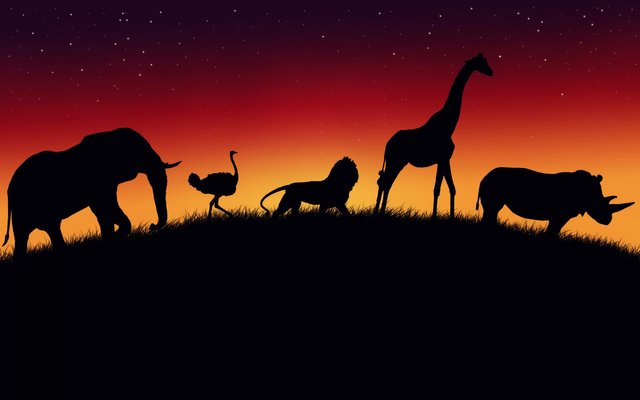
First and foremost the intelligence, learning and practices of indigenous Africans increased after some time through understanding and was orally passed on from age to age. This assumed a huge part in taking care of issues, including problems identified with environmental change and variability. Benjamin affirms that indigenous Africans examined their surroundings in an offer to adapt up to idea of time for instance they studied the conduct of birds for instance the relocation of specific flying creatures like Shuramurove, Dendera and reptile like bull frogs.These life forms are related with the changes to the rain season and rains as a rule. In the southwestern good countries of Tanzania, historians reported a decent number of signs depended on by the neighborhood groups to foresee the beginning and power of the rain season and these included conduct of creepy crawlies for instance armyworms, grasshoppers, termites, and butterflies. Additionally conduct of winged animals like the swallow-tailed honey bee eater, plant phenology,like the flowering intensity of trees, and wind direction, among others.
In addition to the above people in Manicaland and Masvingo territories in Zimbabwe depended on countless singing of nyenze insects, gathering of grass and nourishment by ants and termites to stamp the beginning of the rain seasons, climatic changes like continual event of fog or mist on mountain were additionally imperative in deciding time. By having said this it is judicious for one to contend that the neighborhood indigenous Africans had no issue with time expectation as they depended mostly on insect behaviorism.
The indigenous people developed what was popularly known as the phenomenal calendars in which the events which constitute time are considered in their relation with one another and as they take place. According to Mbiti, the Ankore in Uganda built up a wonderful date-book that was firmly identified with occasions relating cattle. He brings up that, before the utilization of present day clock watch and scientific organisation of time by the Westerners' six o'clock toward the beginning of the day was viewed as milking time, twelve was viewed as time for resting for the cattle and people, in this regard one can state that ‘I will be going out during milking time meaning early morning’. For the Latuka they distinguished the long months of the year as indicated by the occasions performed amid that time, for instance October was viewed as 'The Sun' in light of the fact that the sun is exceptionally hot in that month, June was known as 'Dirty Month' since rubbish of food crops that has ripened is full everywhere, July was known as 'Drying Grass'.So along these lines they figured the difference in months in connection to the occasion or incoming climatic condition to adapt up to the issue of time. Therefore time was not problematic to them.
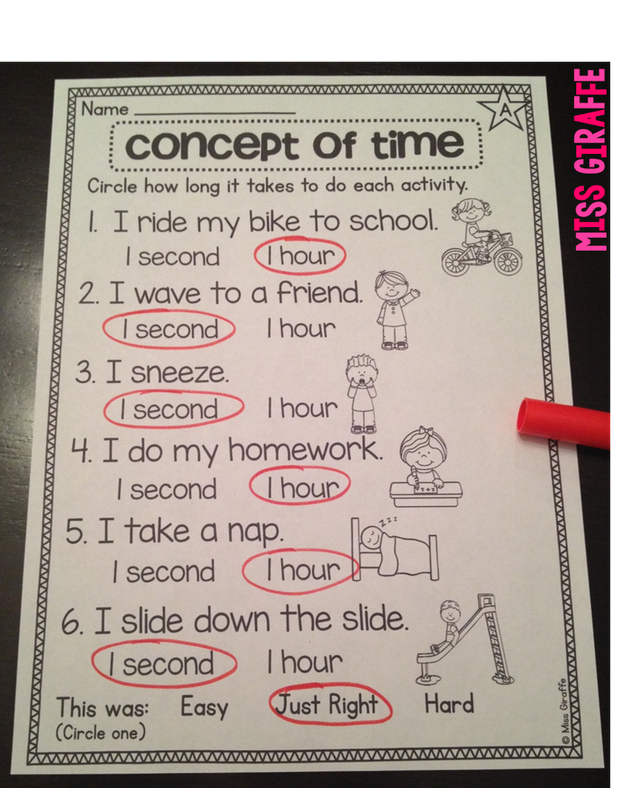
More so, the development of the sun was also used to know time. In customary African culture the day was ordered into subsections to make reference to time crystal clear. For instance the utilization of the words, like mashambazou(before first light), zuva rorova nhongonya(twelve o’clock), zuva rogara miti(nightfall), rubvunzavaeni(sunset).Every one of these terms were made utilization of to clear up the time in which the occasion occurred. The ascending of the sun was an occasion which was perceived by the entire group. As indicated by Mbiti it doesn't make a difference whether the sun ascend at 5.00 am or at 7.00 am, insofar as it rises. At the point when a man says that he will meet another at dawn it doesn't make a difference whether the gathering happens at 5.00 am or at 7.00 am, insofar as it is amid the general time of sunrise. By a similar token the indigenous Africans would adapt to the idea of time through same specific names to the situation of the sun. Along these lines the above unmistakably shows that in spite of them being new to the utilization of cloak watches they had their method for perusing time.
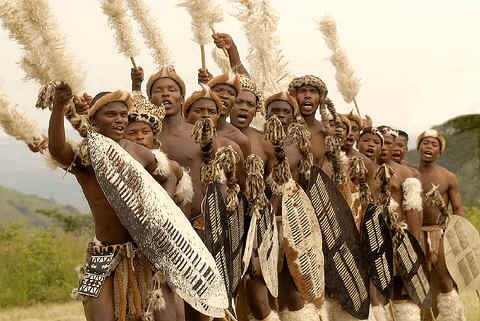
Furthermore the Africans made use of the moon and stars to decide time. Babalola has it that the winding down and waxing of the moon was utilized by the pregnant ladies to decide the season of birth. Africans utilized certain stars to adapt to the idea of time before the utilization of clocks. Shoko is of the view that in Zimbabwe among the Shona people stars were given sure names, for example, words like vhenekera tsvimborume (a large star that shines in the dusk) were utilized to adapt up to the idea of time.
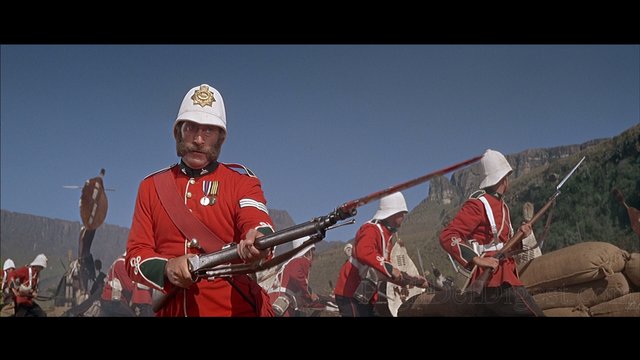
Furthermore in conventional African culture, years were not perceived in scientific terms, for example, 1995 year of dry season. In an offer to site past occasions, they relate them to either catastrophic event or some other huge occasion for instance one could state 'my child was conceived during the time locusts’. Acharya suggested that the conduct of animals can dependably be utilized to foresee the beginning of the rain season, up and coming precipitation, and the event of surges or storms since animals change their conduct to suit up and coming distinctive dangers.Cattle’s were expected detect when the rains are close and they wind up playful which is shown by jumping. The cry and development of flying creatures to flag the beginning of the downpours has been accounted for. Accordingly the issue of copping with time with was not risky to them.
Aside from the above, in customary African culture the year was made out of occasions which mirror the achievement of the year when these occasions has been done. Mbiti states that in the equatorial region they relied upon the cycle of periods of the year in which they had four seasons that is the two rain seasons and two dry seasons. For this situation their year was a total when these four seasons has been finished. As indicated by Kalumba, the whole year was made out of occasions which prompted variety in the quantity of days that made the year. He likewise noticed that that the Akan in Ghana had their own customary logbook which had days(da), weeks(nnawotwe) and months (chest or osram). He expresses that their year was made out of 378 days rather than 365 and had 9 months as opposed to twelve. For this situation accentuation isn't on the numerical contrasts of days in the years however on the acknowledgment of the achievement of the year. All things considered in spite of the way that Africans knew nothing about the idea of time they made utilization of the occasions performed or regular changes to adapt up to the idea of time
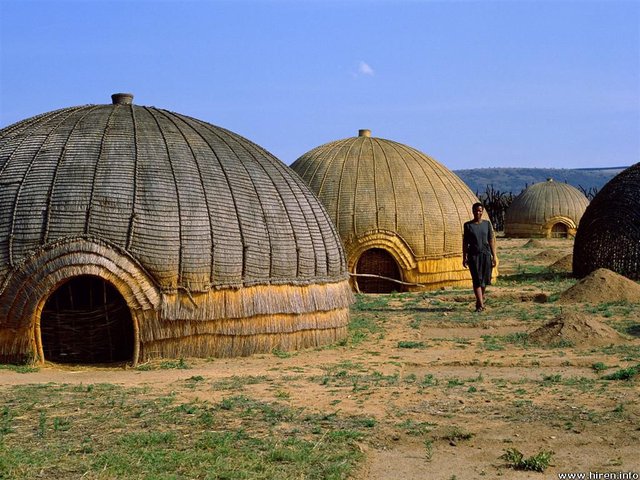
More so occasions hosted by Africans throughout their life, for example, birth functions, initiation services and wedding functions demonstrated that Africans could adapt to time before using the of the western clock. At the pubescence young men were circumcised and given lessons which were intended to set them up into masculinity while young ladies were given lessons which were setting them up for womanhood henceforth this demonstrated Africans utilized the development which happened to figure one's age. Additionally the women were able to count their lunar month of their pregnancies through the study of the moon.

A few historians like Mbiti contended that the Africans had no future in their lives, he called attention to that African idea of time is quiet and unconcerned in alluding to the future. This means that the future virtually non-exists as actual time, apart from the relatively short projection of the present up to two years. He attempted to clarify his point through utilizing the idea of time by the Swahili. He said that the Swahili word sasa implies the ‘now time frame’ henceforth had the feeling of nearness. Mbiti solidified his point by pointing out that the traditional concept of time is in two dimensional phenomena with past, present and virtually no future he added that the linear concept of time in western thought, with an indefinite past, present and infinitive future, is practically foreign to African thinking. Anyway he has been censured by a few students of history, for example, Benjamin who brought up that the Africans had future time since they could foresee the future fiascoes, for example, tidal waves and dry spells. He called attention to that Africans had the shrewdness of learning of concentrate their condition keeping in mind the end goal to know the future occasions, for example, the happening to the floods. Shoko upheld the perspectives of Benjamin by pointing out that the most widely recognized natural markers utilized by the Bonaman occupants of Burkina Faso where the event of exceptional warmth or icy at various circumstances of the year demonstrating the planning and measure of precipitation in the forthcoming rainy season and the fruiting of particular tree species to either mean rich rain or drought.Henceforth from a chronicled viewpoint Mbiti's contention needs rationale as one couldn't foresee the future without information about it.
All things considered with the indigenous Africans knowing nothing about the issue of time they built up an assortment of approaches to perceive the rhythmic development of time however not in scientific terms.According to the views of this paper they made utilization of phenomenal calendars in which the occasions which constitute time that is figured in their relationship to each other, they additionally examined their surroundings, for example, the conduct of creatures for instance transient birds, hints of frogs, elephant trumpets and cockcrows among others. They additionally broke down the adjustment in specific plants for instance shading of leaves, greening or re-development and blossoming to tell climatic changes, cataclysmic events, for example, dry spell or starvation. They made utilization of the fading and waxing of the moon, development of the sun and certain stars. They relied upon the development of the shadow. The days months and year in customary social orders were figured by its huge occasions. Through the concentrate of their surroundings they could predict the immediate future. It is critical to take note of that, for the Africans there were just two measurements in which time is perceived, that is, the long past the present and basically no future.
Wonderful history i really enjoyed reading this. Pls post more of these.
Thank @onasani I am glad you liked this post...........I will try posting these researches next time.
Congratulations @fidelpoet! You have completed some achievement on Steemit and have been rewarded with new badge(s) :
Click on the badge to view your Board of Honor.
If you no longer want to receive notifications, reply to this comment with the word
STOPDo not miss the last post from @steemitboard!
Participate in the SteemitBoard World Cup Contest!
Collect World Cup badges and win free SBD
Support the Gold Sponsors of the contest: @good-karma and @lukestokes
Congratulations @fidelpoet! You have completed the following achievement on Steemit and have been rewarded with new badge(s) :
Click on the badge to view your Board of Honor.
If you no longer want to receive notifications, reply to this comment with the word
STOP